'There was no plan': Ottawa police floundered as convoy protest grew
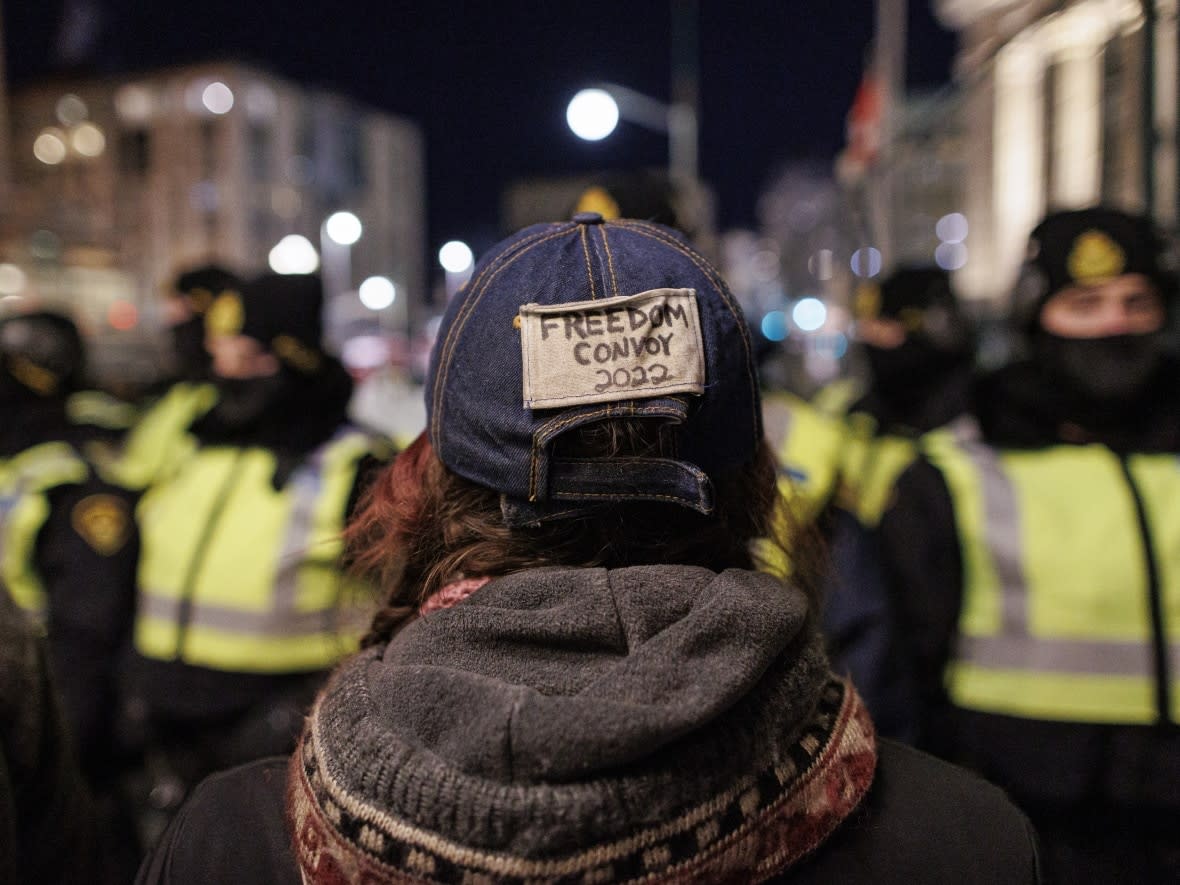
On Friday, Feb. 4, Ontario Provincial Police (OPP) Supt. Craig Abrams was at his command post watching Ottawa's then chief of police Peter Sloly speak to reporters on live TV.
It was the eve of what was expected to be a second weekend of mayhem in the capital, with hundreds, perhaps thousands of anti-vaccine mandate and anti-government protesters ready to descend on the city to join those already encamped downtown, creating what Sloly described as an increasingly volatile and potentially dangerous environment.
What really caught Abrams's ear was Sloly's announcement that based on "new intelligence gathered literally in the last 24 hours," police planned to shut down all ramps from Highway 417 leading into the city.
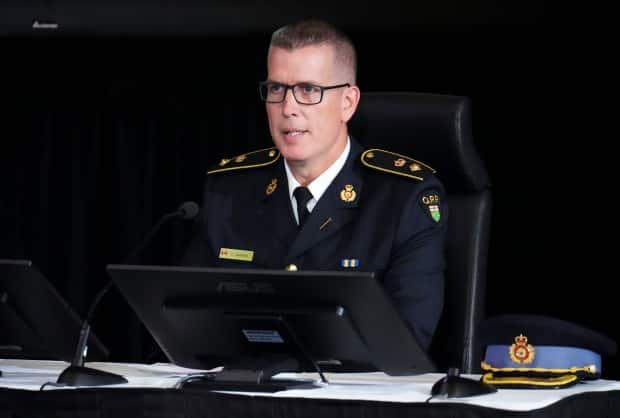
As one of the provincial force's most senior officers in the region, and the OPP's strategic commander during last winter's convoy protest, Abrams was surprised to hear about the plan, particularly since the OPP has jurisdiction over both the highway and the ramps that would soon have to be closed.
Abrams, a 27-year police veteran, knew he had neither the time nor the resources to execute the chief's plan.
"It caused me great concern," he testified Thursday before the public inquiry into the federal government's eventual use of the Emergencies Act to end the occupation. "It was totally out of the blue. [I was] unprepared and unaware."
'This was the chief's idea'
Abrams texted Ottawa Police Service (OPS) Deputy Chief Steve Bell, who had been standing behind Sloly during the announcement.
"He indicated that there was no new intelligence, and there was no plan to close ramps," Abrams told the commission.
Perplexed, Abrams double-checked with the OPP's critical incident commander at the National Capital Region Command Centre (NCRCC), where municipal, provincial and federal police pooled their resources.
"They were never even notified. This was the chief's idea," Abrams said.
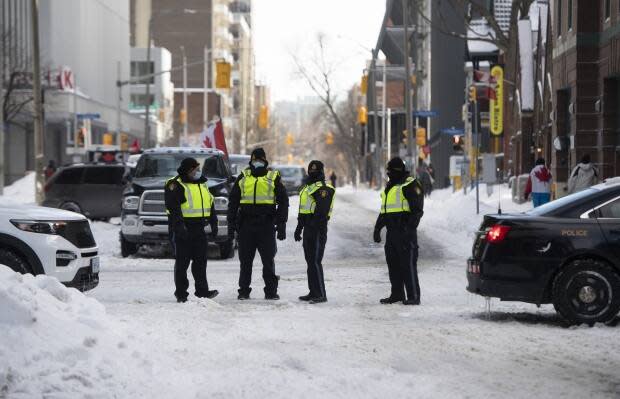
It was just one of many troubling accounts heard at the inquiry last week that illustrated the apparent lack of any cohesive, practical plan to end the siege for nearly two weeks.
While the commission's real purpose is to determine whether the decision to invoke the special powers available under the act was justified, the early testimony and documents that have been entered into evidence have also lifted the veil on the confusion, dysfunction and mistrust that existed among the top ranks of the OPS — an atmosphere that may have contributed to the delay in any effective police response to the crisis.
No Plan B, either
Abrams testified that as early as the first weekend, OPP dispatched a small contingent of public order officers to Ottawa to help the OPS regain control, but that on at least one occasion, most of them sat around OPS headquarters on Elgin Street without being deployed.
By that Monday, when it was becoming clear, as prior intelligence had forewarned, that many protesters were digging in rather than heading home, Ottawa police, whose command was either unaware of or unconcerned by that information, were scrambling to figure out how to deal with what Sloly was already calling an occupation.
"I just had to assume that Ottawa had a capacity to manage what may have been a longer-term event, that there must have been a Plan B," Abrams testified.
He soon discovered there wasn't.
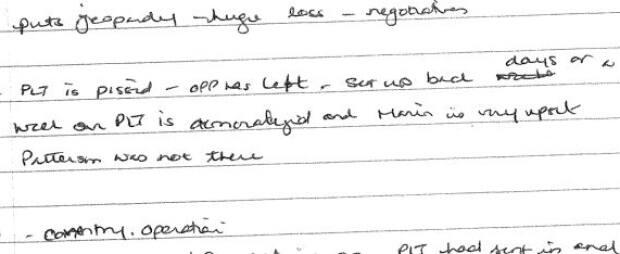
When Sloly announced a "surge and contain" strategy toward the end of the first week, Abrams, concerned for the safety of his members, balked.
"These were ideas and concepts of what they wanted to happen, but if it didn't come with a plan, I certainly wasn't going to offer OPP support," he told the commission. "There had to be a cogent plan for that to happen, and up to this point I still hadn't seen one."
Crackdown at Coventry
On Feb. 6, a police liaison team (PLT) of OPS and OPP officers entered the protest encampment on Coventry Road, where there were growing concerns that the baseball stadium parking lot was being used as an illegal — and potentially dangerous — fuel distribution centre.
The "soft hat" approach had worked in the past to diffuse tense situations, and the PLT had already made limited inroads with organizers. But when some protesters began to leave the encampment, police officers under the command of Supt. Mark Patterson — the third senior OPS officer to hold that position in three days — swooped in and started laying charges.
According to OPS Deputy Chief Trish Ferguson, who also testified Thursday, Patterson was eager to "get some wins" to demonstrate to the public that police were taking action.
Instead, the largely fruitless crackdown only damaged the tenuous trust that existed between police and protest leaders, and sparked the departure of the OPP's PLT.
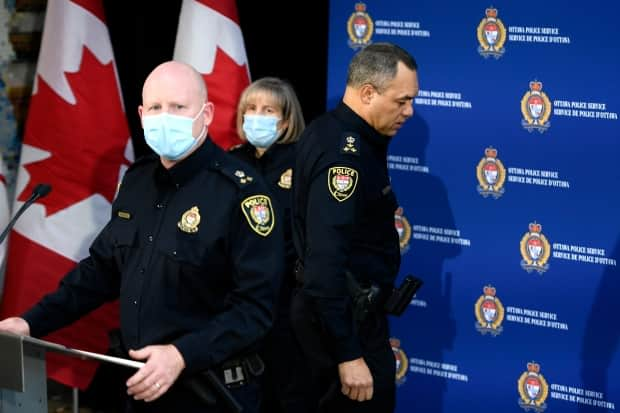
"PLT is pissed. OPP has left. Set us back days or a week," Ferguson jotted in her notes, entered into evidence at the commission.
Shortly after that incident, as it became increasingly obvious that OPS were floundering on their own, senior officers from OPP, RCMP and numerous other police agencies arrived in Ottawa to form an integrated command and come up with a workable plan to end the protest.
According to Ferguson, Sloly was unhappy.
"He seemed to be suspicious of why they were here," she testified. "I think he was feeling tested."
Chief 'looking for action'
By Feb. 9, there was still no comprehensive OPS strategy to end the occupation, according to Abrams. That afternoon, the integrated planning team was called to another tense meeting at Elgin Street.
"Chief Sloly was looking for action," Abrams testified.
Patterson produced a list of "dynamic actions," one of which was a plan to clear the intersection of Rideau Street and Sussex Drive, where a contingent of uncooperative protesters police intelligence suspected of having ties to bikers and extremists from Quebec remained entrenched. The operation was to take place at 11 p.m. that night.
Abrams asked for specifics, such as how they would remove the trucks from the intersection, and was told by Patterson that retired OPS officers might be employed to drive them away, or military equipment could be used to tow them. Neither option seemed realistic, and Abrams knew the plan, which he described as "two lines on a page," was flimsy at best.
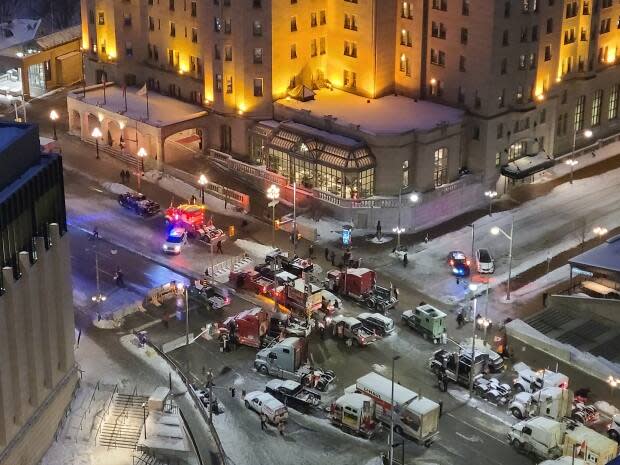
He also had concerns that police liaison officers hadn't been engaged to find out whether there were children in the trucks, and said such tactical operations should never be carried out in the dark.
"I told [Patterson] directly ... based on what I'm seeing and what I've just heard, you will never see OPP support for any operation tonight or tomorrow," Abrams said. "I had to ask the questions because it was dangerous for our members."
That operation was abandoned, and it would take another 11 days to end the occupation. Sloly resigned on Feb. 15.
The commission resumes Monday, when more senior OPP and OPS officers will testify, including Bell. Sloly is expected to appear later in the week.


